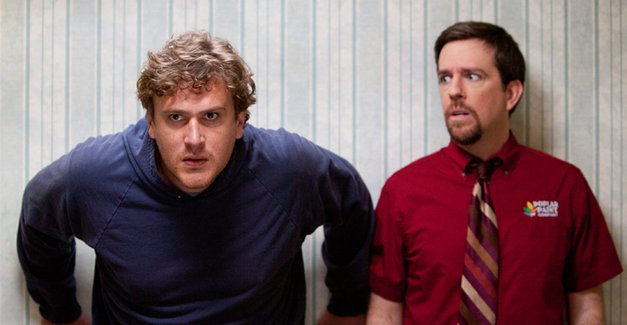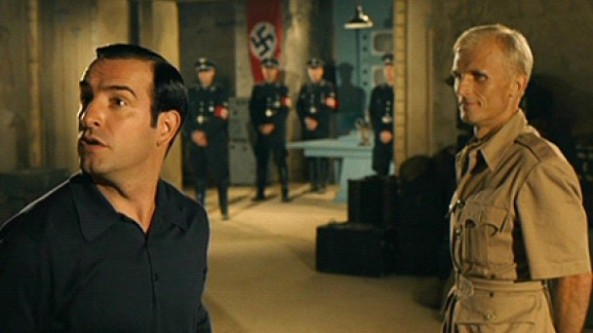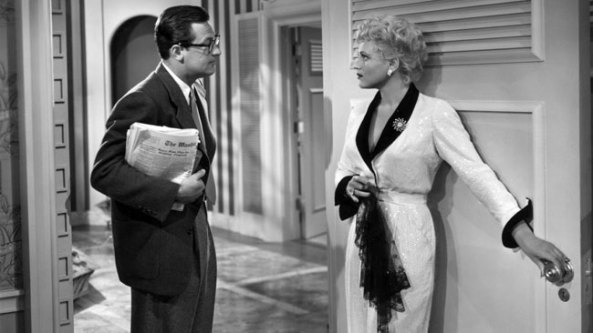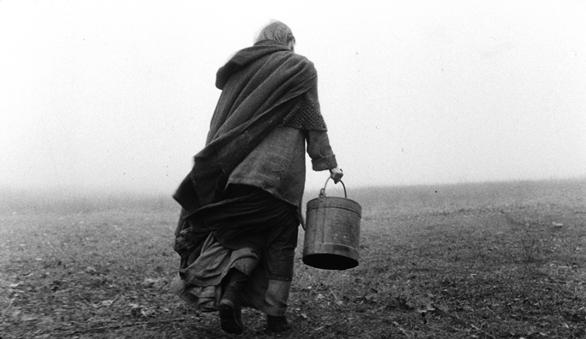Can a child understand war? Can any of us, really, understand war?
A child cannot grasp why people must die or why violence must destroy everything they know, but they do know emotion, perhaps more purely than we ourselves can express it.
Despite being a cartoon, “Grave of the Fireflies” is not a children’s film. But it envelops us with pain, sadness and loss on a simple level such that perhaps a child could understand and embrace this Japanese film’s otherwise tough, gruesome images.
Isao Takahata’s film is an early masterpiece from Studio Ghibli, which also spawned Hayao Miyazaki and this year’s “The Secret World of Arrietty.” The animated style is a bit rough around the edges compared to its more contemporary siblings, but it shares the natural world’s stark and colorful beauty that wash over our eyes like visual poetry.
The look and feel of this film is bleak and war-torn, but Takahata uses animation as a way of instilling a sense of magic serenity. An early scene shows a radiant red bloom of fireflies rising from a grassy field. The moment is hardly lifelike, but it is stunning.
It tells the story of a teenage boy, Seita, and his toddler sister Setsuko in Japan during World War II. Their father is a naval officer and their mother has just been killed in a bombing raid. Seeing the charred remains of Seita’s mother is no pleasant site for the queasy, least of all for children. The animation however makes watching it grippingly possible.
The brother and sister try to stay with their aunt, but she’s cruel and stingy in a time when everyone is rationing for the war. She eggs Seita on to join the army or battle the unbeatable napalm fires, but he can neither bring himself to die, nor to abandon Setsuko.
As they set out to live on their own free of their parents, “Grave of the Fireflies” becomes one of the most powerfully saddening films you’ll ever see about independence, hardship and loss.
By centering on these two children, the story becomes instantly more relatable and heart wrenching. Takahata builds a lovely bond between brother and sister through enchanting musical montages. Whether it’s a scene of the pair sharing a laugh on a beach, doing chores at home or scurrying during an air raid, everything they share is handled artfully as though it were one of their most tender moments.
Can any war film ever made boast so many moments of beauty and levity peppering the film’s otherwise desolate landscapes? Live action filmmakers can learn from how elegiac “Grave of the Fireflies” can be. This is such a sad movie, and yet it’s all so delicate and simple.
Perhaps it’s because animation grants the film a level of emotional range almost not capable with human actors. Whether or not these anime figures with big eyes and even a lack of nipples look lifelike, the faces of Seita and Setsuko have such an engrossing level of expression. Their tears are anything but artificial.
One of “Grave of the Fireflies’” most devastating segments is a pair of quick shots as Setsuko aims to bury her collection of fireflies in the same way her mother was likely buried. A morbid image of a mass grave in the city flashes through Seita’s head, and we’re left with a grim sense of mortality after war.
This is a child who has drawn this parallel. “Grave of the Fireflies” is great not because it is painful and beautiful, but because it is universal.






